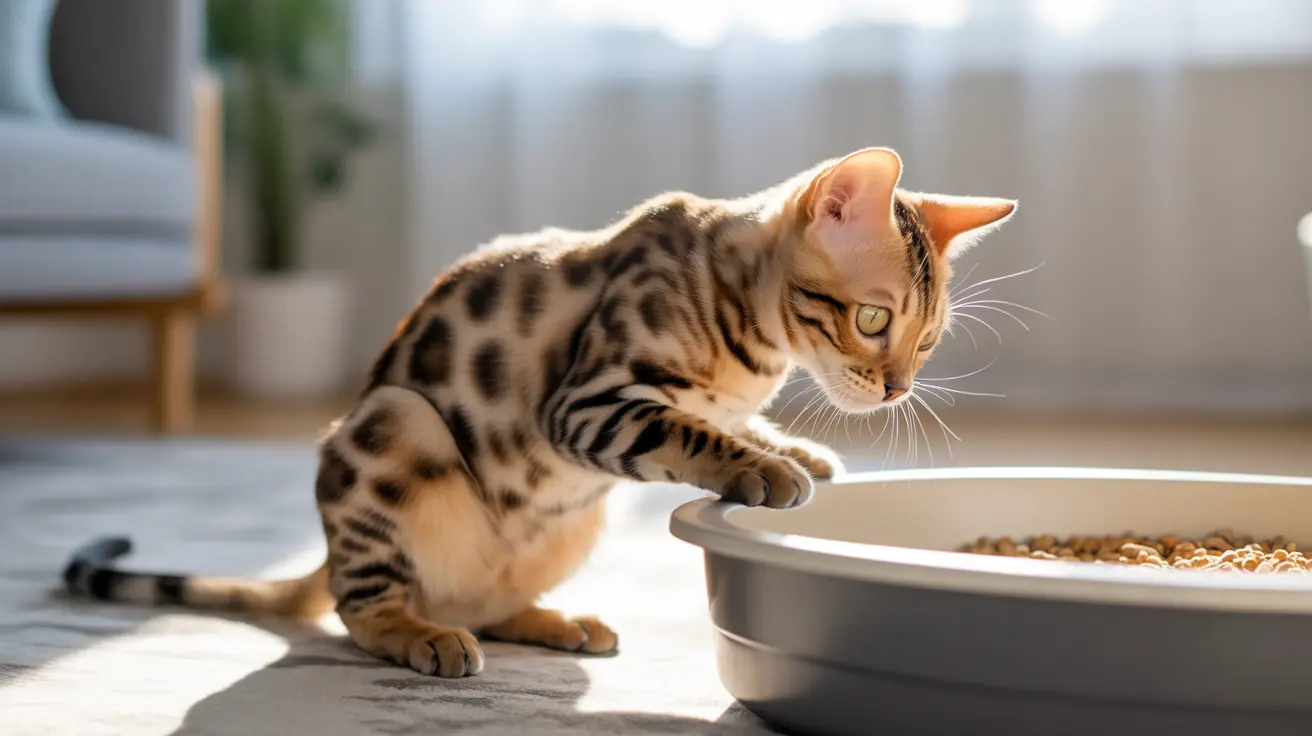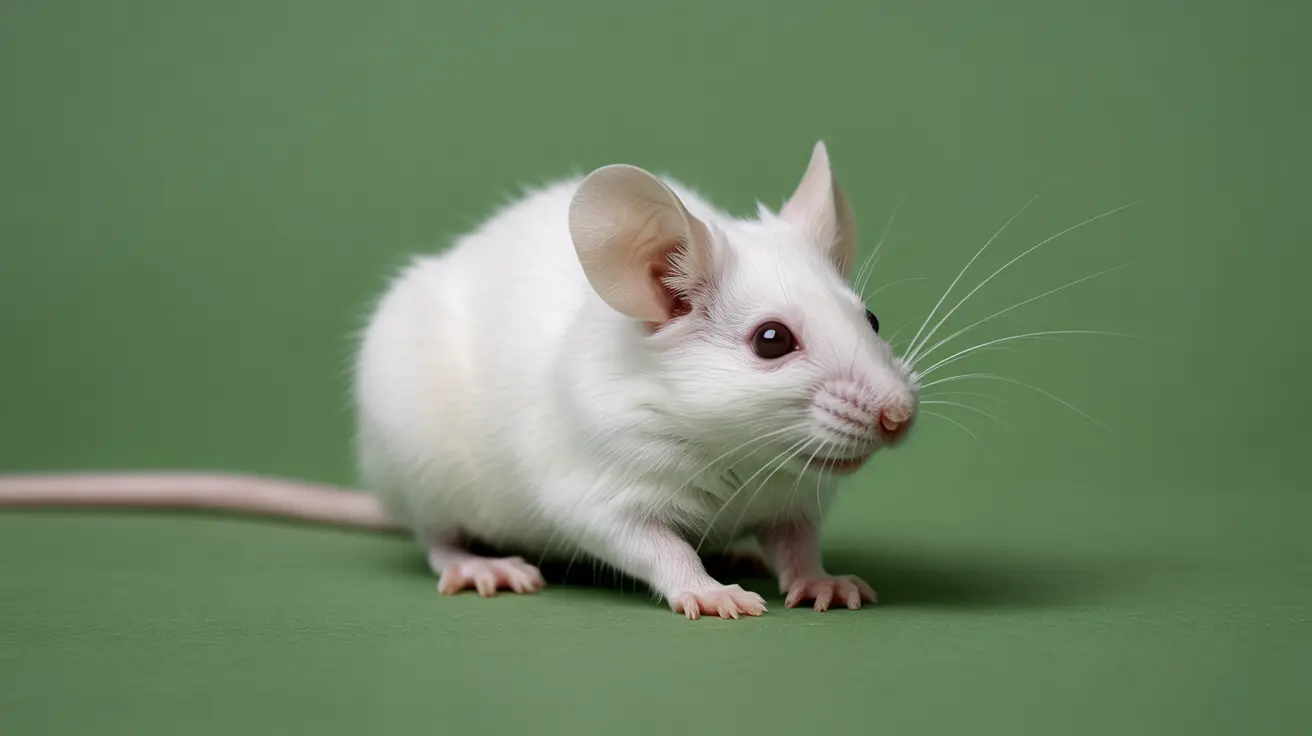Maintaining a clean litter box is crucial for your cat's health and happiness. Whether you're a new cat parent or looking to optimize your cleaning routine, understanding the right frequency and methods for litter box maintenance can make a significant difference in your cat's well-being and your home's cleanliness.
In this comprehensive guide, we'll explore exactly how often to clean your cat's litter box, along with expert tips and best practices to ensure optimal hygiene for both you and your feline friend.
Daily Maintenance Requirements
The golden rule of litter box maintenance is daily scooping. This essential task removes solid waste and clumped urine, preventing odor buildup and maintaining a fresh environment that cats are more likely to use consistently. Ideally, plan to scoop at least once per day, though twice daily is even better, especially in multi-cat households.
Many cat owners find success by incorporating scooping into their daily routine, such as every morning before work or each evening before bed. This consistency helps prevent waste accumulation and keeps the box inviting for your cat.
Deep Cleaning Schedule
Beyond daily scooping, regular deep cleaning is essential for maintaining a hygienic litter box. The frequency of complete litter changes depends on several factors:
Clumping Litter
- Empty and clean the box every 2-4 weeks
- Replace with fresh litter
- Clean the box thoroughly with mild soap and warm water
Non-Clumping Litter
- Complete change needed weekly
- More frequent changes may be necessary due to odor buildup
- Thorough box cleaning with each litter change
Multi-Cat Household Considerations
When you have multiple cats, the cleaning frequency needs to increase proportionally. Follow these guidelines:
- Maintain one box per cat plus an extra
- Scoop at least twice daily
- Perform complete litter changes every 1-2 weeks
- Monitor box usage patterns to adjust cleaning schedule as needed
Signs Your Litter Box Needs Attention
Watch for these indicators that signal it's time to clean the litter box:
- Strong or persistent odors
- Visible waste accumulation
- Cats scratching outside the box
- Litter tracking increases
- Cats avoiding the box entirely
Best Practices for Litter Box Maintenance
Implement these strategies to maintain optimal litter box cleanliness:
- Use unscented cleaning products to avoid deterring your cat
- Keep litter at a consistent 2-4 inch depth
- Place boxes in quiet, accessible locations
- Consider using litter box liners for easier cleaning
- Replace plastic boxes annually to prevent odor absorption
Frequently Asked Questions
How often should I scoop my cat's litter box to keep it clean and odor-free?
Scoop the litter box at least once daily, preferably twice daily for optimal cleanliness and odor control. Consistent daily scooping prevents waste buildup and maintains a fresh environment for your cat.
What is the recommended schedule for completely changing and washing litter in the box?
For clumping litter, change completely every 2-4 weeks. For non-clumping litter, change weekly. Always wash the box thoroughly with mild soap and warm water during complete changes.
How does the number of cats I have affect how often I need to clean the litter boxes?
Multiple cats require more frequent cleaning. Follow the "n+1" rule (one box per cat plus one extra), scoop at least twice daily, and perform complete changes every 1-2 weeks for multi-cat households.
What are the best cleaning practices to prevent my cat from avoiding the litter box?
Maintain daily scooping, use unscented cleaning products, keep litter at proper depth, and ensure the box location remains quiet and accessible. Clean thoroughly but avoid strong-smelling cleaners that might deter your cat.
How should cleaning frequency differ between clumping and non-clumping cat litter?
Clumping litter requires complete changes every 2-4 weeks with daily scooping, while non-clumping litter needs weekly complete changes due to its inability to isolate liquid waste effectively.
Remember, a clean litter box is essential for your cat's health and happiness. By following these guidelines and maintaining a consistent cleaning schedule, you'll create a more pleasant environment for both you and your feline companion.






